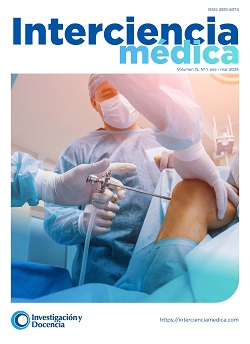Patients hospitalized for Rhabdomyolysis following intense exercise, indoorcycling, at a private clinic during the period from April 2022 to January 2024
DOI:
https://doi.org/10.56838/icmed.v15i1.240Keywords:
rhabdomyolysis, spinning, indoor cycling, exercise, creatin phosphokinaseAbstract
Rhabdomyolysis is a syndrome that occurs due to the destruction of skeletal muscle and the subsequent release of intracellular muscle contents into the circulation. It has a multifactorial etiology, with the most common cause being effort during intense physical exercise. The most characteristic symptom is myalgia predominantly in the lower limbs. Indoor cycling is an innovative discipline worldwide, since it is not only an exercise routine like spinning, but it is a class that you roll to the rhythm of music. This discipline has become very popular in recent years in Lima. This article shows 6 cases
of patients from the Clínica Internacional – San Borja Headquarters hospitalized between april 2022 and january 2024, for presenting rhabdomyolysis after intense physical activity (indoor cycling). All patients were admitted through the Emergency Department due to myalgia predominantly in the lower limbs associated with a significant elevation of creatine kinase (CPK). The treatment of patients with rhabdomyolysis should focus on early and aggressive hydration. This strategy
is essential to prevent acute renal failure and associated metabolic complications. Furthermore, to prevent rhabdomyolysis
induced by intense activities, such as spinning, preventive measures such as warming up beforehand, gradually performing exercises and adequate hydration are important.
Downloads
Downloads
Published
Issue
Section
License
Copyright (c) 2025 Diana Gómez-Chávarri

This work is licensed under a Creative Commons Attribution 4.0 International License.














